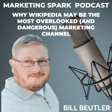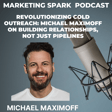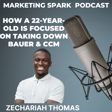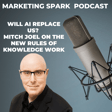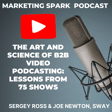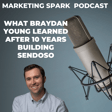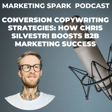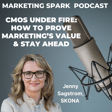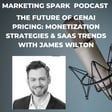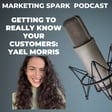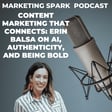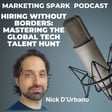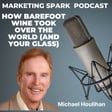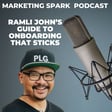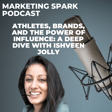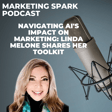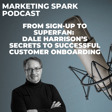
Mastering the Art of Positioning: Robert Kaminski's Guide for B2B SaaS Success
In the latest episode of Marketing Spark, we talked to Robert Kaminski, an expert in product marketing and co-founder of Fletch PMM.
Kaminski shared his journey into the world of product marketing, emphasizing the non-linear path that led him to co-found Fletch PMM. He provided a rich context for understanding the evolving landscape of product marketing, particularly in the realm of B2B SaaS startups. His insights offered a valuable perspective on how companies can navigate the challenges of establishing a strong market presence amidst fierce competition.
The core discussion of the podcast revolved around the critical role of specificity in positioning and messaging for startups. Kaminski highlighted the common pitfalls that early-stage companies encounter, such as a lack of clarity and a tendency to overgeneralize their value propositions. He explained how Fletch PMM helps these companies refine their messaging by developing a clear, specific framework that aligns with their product development and market strategy.
An engaging part of the conversation was his emphasis on the homepage as a crucial marketing asset, arguing that it should reflect the company’s unique value proposition and serve as the first chapter in their brand story.
, Kaminski shared a compelling case study of Levity.ai, demonstrating how a focused positioning strategy can transform a startup’s market approach. He also delved into the importance of understanding buyer personas and the ‘jobs to be done’ framework, which are essential for developing effective messaging that resonates with the target audience.
